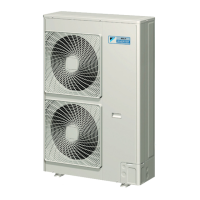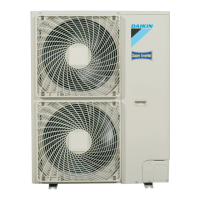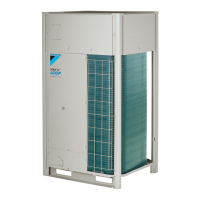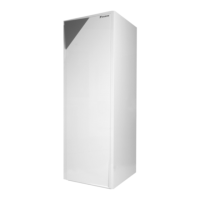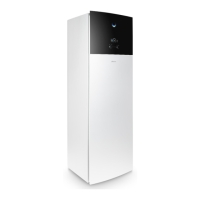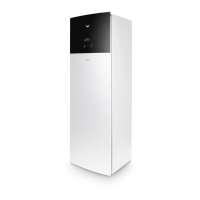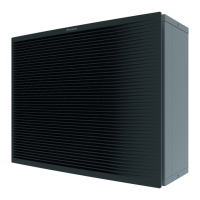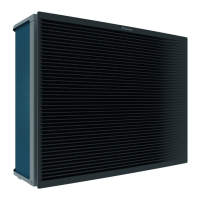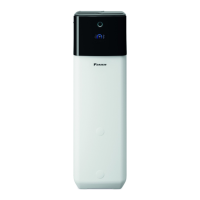4-21
(4) Refrigerant recovery
There are two methods of refrigerant
recovery; i.e. one is collecting the refrigerant
purged in a cylinder and the other is
collecting the refrigerant using a refrigerant
recovery unit.
●Collecting the refrigerant in a cylinder
qPrepare an empty cylinder which has
been dried with vacuum dehydration
inside, and weigh it.
wConnect the cylinder to the service port of
the liquid line in front of the liquid solenoid
valve by the charging pipe with the
cylinder cock closed, and then loosen the
flare nut on the cylinder side a little to
remove the air from the charging pipe.
eOperate the refrigeration unit to conduct
automatic pump down. q
rAfter the completion of pump down, then
open the cock of the cylinder to collect the
liquid refrigerant in it. w
tAfter collection of the refrigerant, close the
cock, and remove the charging pipe.
yBe certain that the refrigerant has been
collected in the cylinder by weighing it.
uRecover the refrigerant left in the
refrigerating unit from the inlet port of
discharge pressure regulating valve or the
outlet port of liquid receiver. e
Note:
It is absolutely necessary to use the
refrigerant recovery unit to collect
refrigerant from the unit except in
case of emergency.
(2) Recovery non-condensable gas
If air or other non-condensable gas exists in
the refrigerant circuit, it is accumulated in the
condenser, which raises pressure in the
condenser abnormally high and reduces the
heat transfer ratio of the condenser surface
resulting in a decrease of the refrigerating
capacity. It is, therefore, very important to
remove non-condensable gas.
If the discharge pressure is abnormally high
and does not return to the normal pressure,
inspect if air or any other non-condensable
gas exists by the following procedure.
●Conduct automatic pump down operation
(see page 4-18) and stop the unit after
collecting the refrigerant into the liquid
receiver.
Run the condenser fan by using the
condenser fan check (see page 3-60) in
the manual check functions, and wait untill
the condenser cooling air inlet/outlet
temperatures become equal. If there is
any difference between the saturated
pressure corresponding to cooling air
temperature and condensing pressure,
then non-condensable gas exists. In this
case, recover non-condensable gas as
stated below.
qConduct automatic pump down
wCondense the refrigerant as much as
possible, and then collect the gas from the
service port on the compressor discharge
side.
eReading the pressure gauge, collect the
non-condensable gas repeatedly until
condensing pressure equals saturated
pressure.
(3) Refrigerant Recovery
qOperate Automatic Pump Dpwn.
wRecover refrigerant from port t.
eRecover completely refrigerant left in the
unit from ports r & t.
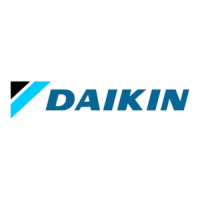
